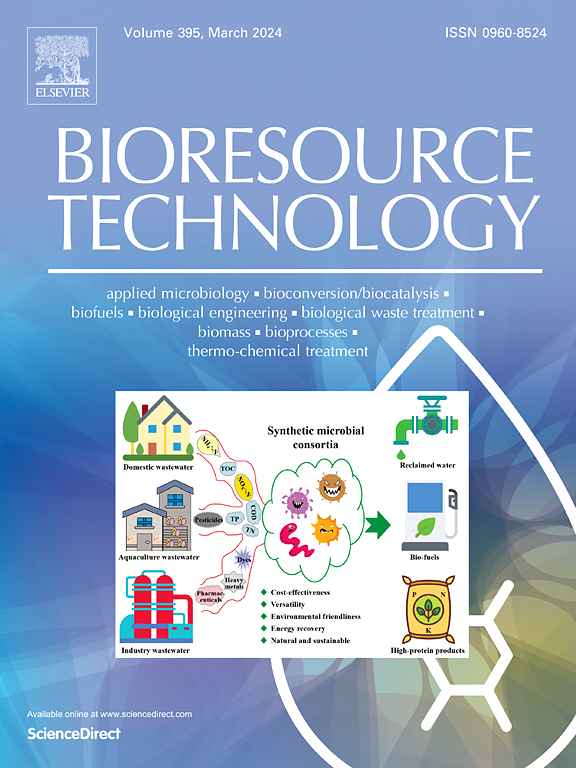Monte-Carlo ray tracing simulation of view factors for diffuse solar radiation determination in cylindrical photobioreactor arrays for microalgae cultivation
IF 9.7
1区 环境科学与生态学
Q1 AGRICULTURAL ENGINEERING
引用次数: 0
Abstract
In this study, a Monte Carlo ray tracing (MCRT) model was developed to calculate view factors between cylindrical photobioreactor (PBR) sidewalls and sky/ground surfaces in outdoor array configurations. The effects of PBR dimension, inter-PBR spacing and array layout, namely square, staggered and biomimetic layouts, were analyzed. Results showed that view factors are mainly governed by mutual shading effects. In staggered arrays, centrally positioned PBRs exhibited significantly lower view factors compared to peripheral units, with reductions reaching up to 97%. Reducing inter-PBR spacing from 1.26 m to 0.56 m in staggered configurations resulted in a 46% decrease in mean view factor (from 0.301 to 0.163). Comparative analysis revealed average view factors of 0.2410, 0.2416 and 0.2259 for square, staggered, and biomimetic layouts, respectively. This work establishes a methodology for quantifying diffuse radiation received by PBR arrays which is indispensable for PBR multiphysics simulations.

微藻培养圆柱形光生物反应器阵列中散射太阳辐射观测因子的蒙特卡罗射线追踪模拟
在本研究中,建立了蒙特卡罗射线追踪(MCRT)模型来计算室外阵列配置下圆柱形光生物反应器(PBR)侧壁与天空/地面表面之间的视野因子。分析了PBR尺寸、PBR间距和阵列布局(方形布局、交错布局和仿生布局)对PBR结构的影响。结果表明,景观因子主要受相互遮蔽效应支配。在交错排列中,中心位置的pbr与外围单元相比,显示出明显较低的视野因子,降幅高达97%。交错配置时,将pbr间距从1.26m减少到0.56m,平均视野系数降低46%(从0.301降至0.163)。对比分析显示,方形布局、交错布局和仿生布局的平均视角因子分别为0.2410、0.2416和0.2259。本文建立了一种量化PBR阵列接收漫射辐射的方法,这是PBR多物理场模拟所不可缺少的。
本文章由计算机程序翻译,如有差异,请以英文原文为准。
求助全文
约1分钟内获得全文
求助全文
来源期刊

Bioresource Technology
工程技术-能源与燃料
CiteScore
20.80
自引率
19.30%
发文量
2013
审稿时长
12 days
期刊介绍:
Bioresource Technology publishes original articles, review articles, case studies, and short communications covering the fundamentals, applications, and management of bioresource technology. The journal seeks to advance and disseminate knowledge across various areas related to biomass, biological waste treatment, bioenergy, biotransformations, bioresource systems analysis, and associated conversion or production technologies.
Topics include:
• Biofuels: liquid and gaseous biofuels production, modeling and economics
• Bioprocesses and bioproducts: biocatalysis and fermentations
• Biomass and feedstocks utilization: bioconversion of agro-industrial residues
• Environmental protection: biological waste treatment
• Thermochemical conversion of biomass: combustion, pyrolysis, gasification, catalysis.
 求助内容:
求助内容: 应助结果提醒方式:
应助结果提醒方式:


